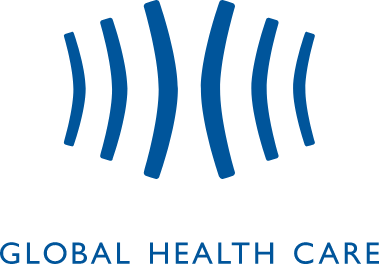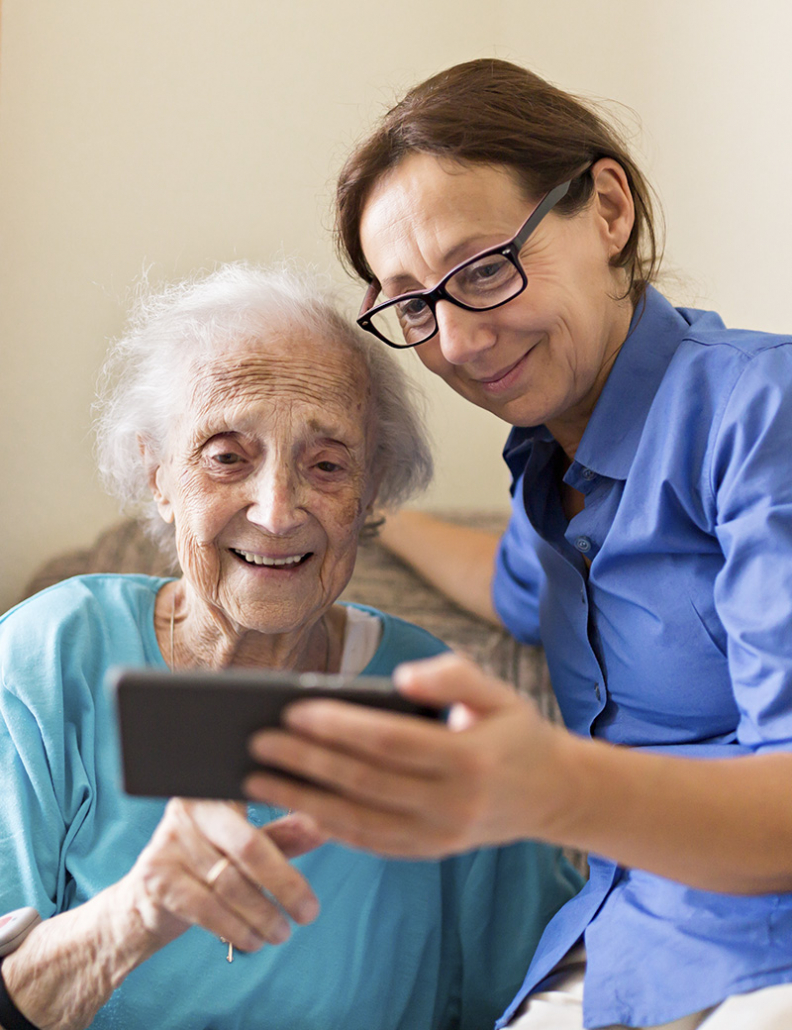Retirement and nursing homes
What’s the problem? In 2019, approximately 910,000 older people in need of care in Germany were accommodated for inpatient care in a total of approximately 14,500 old people’s and nursing homes. The development over time shows a strong upward trend in these figures. At the same time, the proportion of multimorbid and chronically ill people in this population group is increasing. Medical care for these people is difficult, especially in times of a pandemic. Due to the lack of doctor visits in the home, the patient would have to be transported to the doctor. However, a patient transport often means a high burden for the patient. Studies have shown that the course of a dementia patient’s disease can worsen considerably after such a transport.
This results in increasingly high challenges for adequate medical care.
Source: gbe-bund
The virtual family doctor
Medical care for patients in nursing homes and homes for the elderly is often provided by affiliated general practitioners and specialists. Due to spatial distances and the necessity of regular rounds in the nursing homes, the doctors have to spend a lot of time, and the regular treatment of patients in the practices is not possible during this time.
An effective measure for solving the above-mentioned problems is the use of the telemedicine system RescueLink for remote treatment of patients in nursing homes.
Use Case
With the possibility of a high-resolution audio/video connection, the tele-physician can speak directly with the patient, a virtual visit takes place at the bedside. At the same time, the patient’s vital signs are transmitted in real time, enabling true tele-diagnostics. Outside the televisit, a consultation with the attending physician in an acute case is possible at any time without the physician having to suspend his practice.



